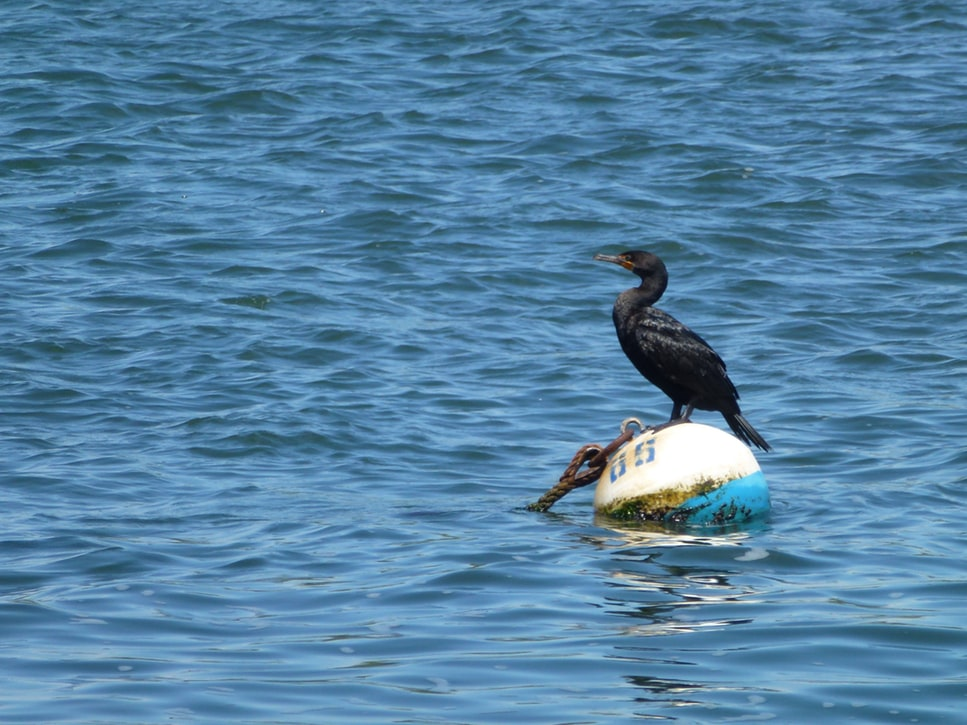Media release
From: Springer NatureBird species that change their behaviours to cope with new circumstances are less vulnerable to extinction than species that do not, reports a study published this week in Nature Ecology & Evolution.
The ability to innovate has long been thought to render species less vulnerable to extinction risk, but it has been difficult to test this thoroughly on a global level.
Simon Ducatez and colleagues analysed a dataset of over 8,600 bird species from most world regions, including information on more than 3,800 novel behaviours documenting the inclusion of new food sources into a species’ diet or novel feeding techniques. In one example of a new behaviour, cormorants in New Zealand were observed to coordinate their fishing strategy with commercial ferry movements to take advantage of strong currents. The authors then cross-referenced these behavioural data with information on extinction risk for each species. Their modelling showed that extinction risk was reduced in species that displayed innovative behaviours, and as the number of these behaviours increased, extinction risk reduced further.
The authors also found that behavioural plasticity only reduces birds’ risk of extinction from habitat alteration, and that it does not affect sensitivity to invasive species or overexploitation.


